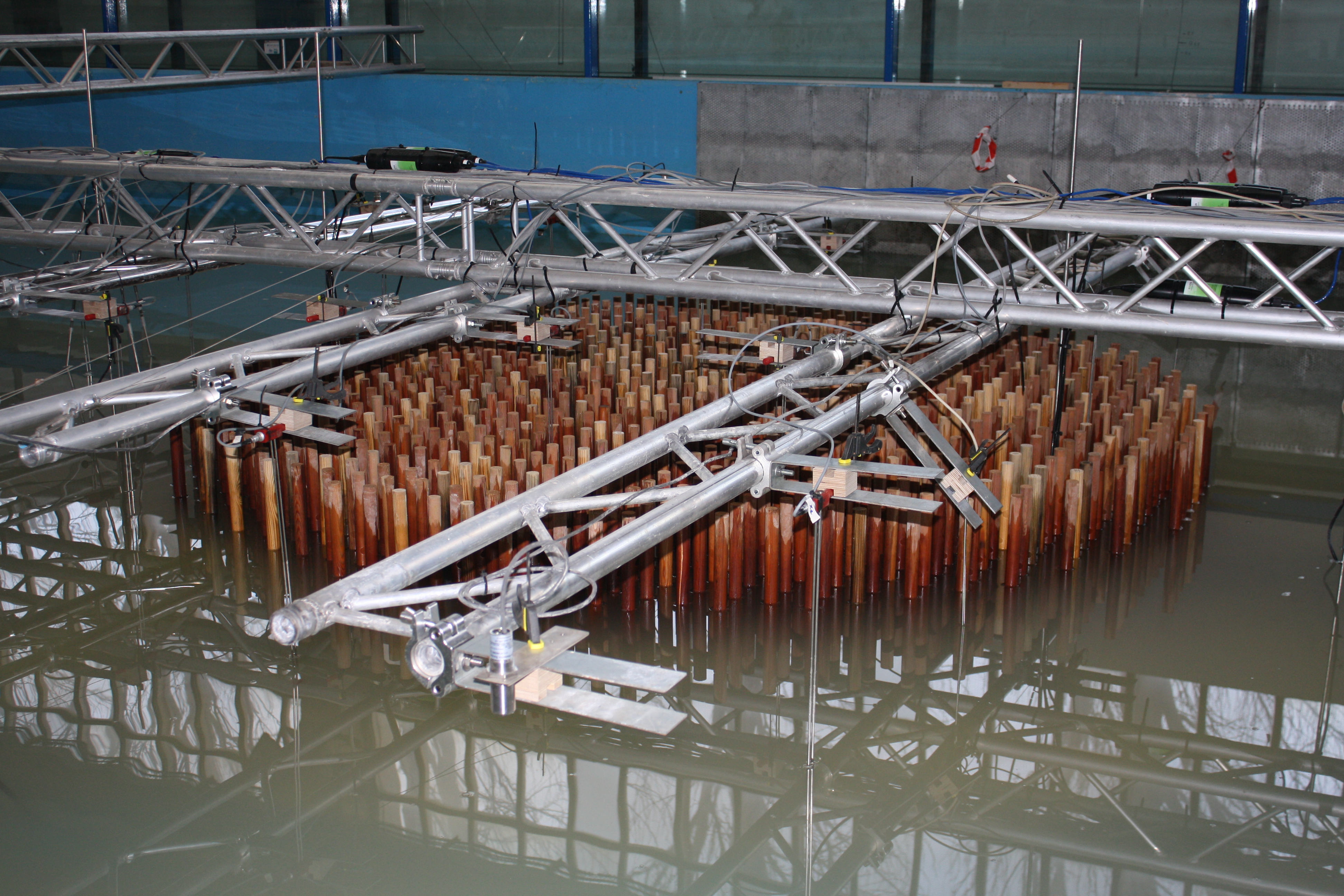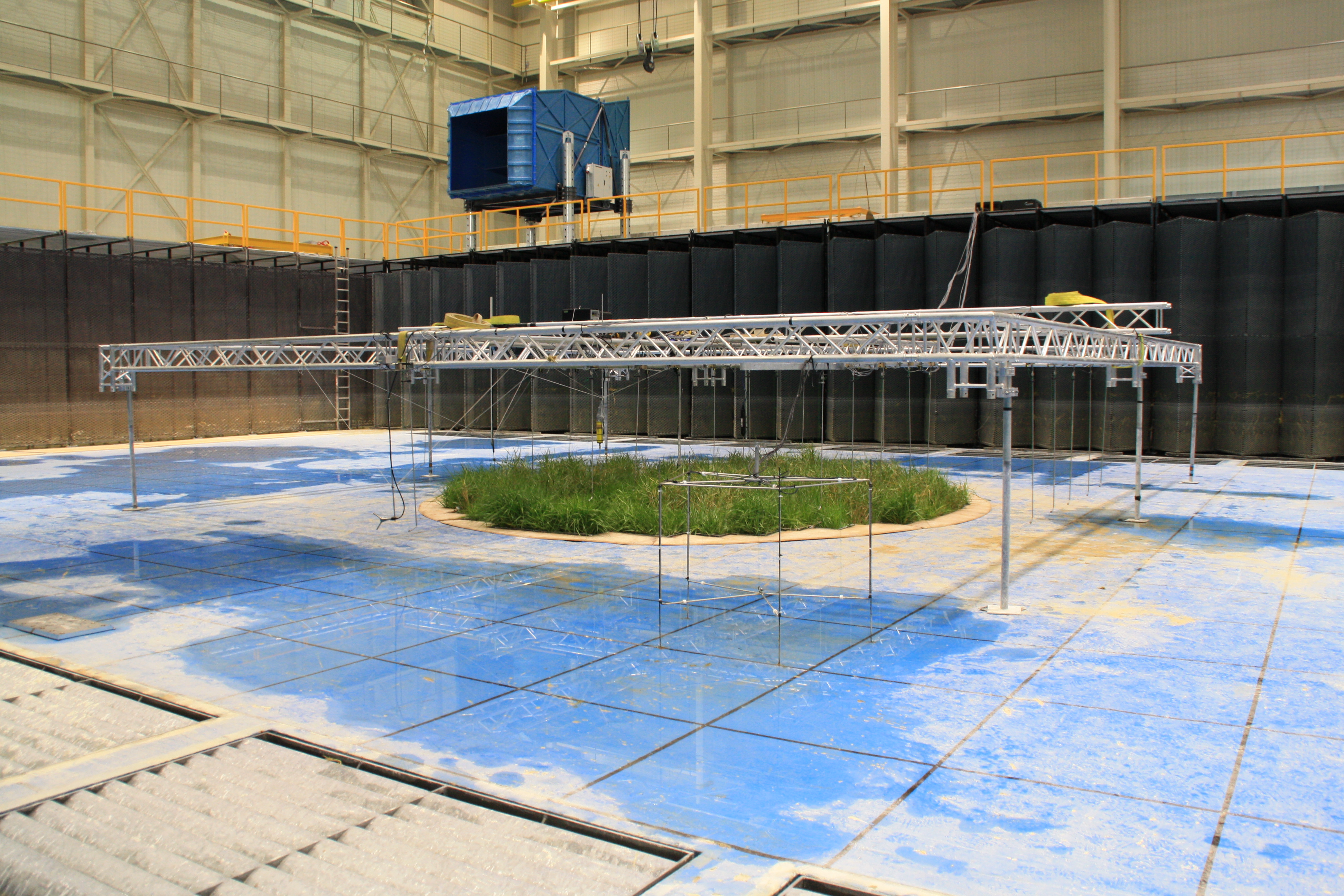The risk of flooding and erosion is increasing for many coastal areas owing to global and regional changes in climate conditions together with increasing exposure and vulnerability. Conventional coastal engineering solutions based on hard structures are increasingly challenged by the new situation and their rising maintenance costs may become unsustainable under certain projected futures. Besides, even if hard engineering solutions have been the most widely used and effective coastal protection option, a countless number of cases where environmental side effects have resulted in unwanted consequences can be found. It is well known that vegetated coastal ecosystems and coral reefs provide important protection services against flooding as they attenuate waves and surges and accumulate sediment. In recent years, natural systems-based coastal defense has been brought into research and coastal management practice as a more sustainable and probably cost-effective option than conventional hard structures. Besides natural systems-based defense has several additional benefits including the contribution to climate change mitigation, improvement of water quality, nature conservation or fisheries production. In this project we argue that conservation, restoration, enhancement or creation of natural systems can be a sustainable, cost-effective and environmentally friendly option for coastal protection, per se or combined with conventional engineering structures, if suitable locations are selected. In order to include natural systems-based protection as part of solutions portfolio, a series of scientific and technical challenges have to be tackled. A quantitative assessment of the protection provided by existing natural systems and how this service is going to be affected by climate change requires a robust methodology; specific databases and mathematical models able to reproduce the relevant process. Besides, the implementation of real projects, for conservation, restoration, enhancement or creation of said solutions requires predictive tools able to support the design and construction projects as well as able to inform a cost-benefit analysis making the decision making process analog to the one followed for conventional coastal engineering based solutions. Building on our experience in the field, in this project we start revising and developing answers to some of the open questions in the mathematical modeling of wave and current interaction with coastal ecosystems by combining physical modeling, including unique experiments with real vegetation, and last generation CFD numerical models. Thanks to this analysis we expect to be able to upgrade our findings to larger scale models which combined with historical and projected met-ocean conditions will become the building bricks for the development of an integrated methodology for assessing protection services provided by different natural systems. The methodology will be formulated in a risk framework and applied to three different natural systems, at different spatial scales (corals at global, seagrass at regional and marsh vegetation at high resolution) providing examples for coastal managers. Flooding consequences will be calculated for each case under different scenarios. Together with a critical assessment of existing good practices worldwide, previous results will be summarized in guidelines for coastal managers contributing to encourage practical applications.






